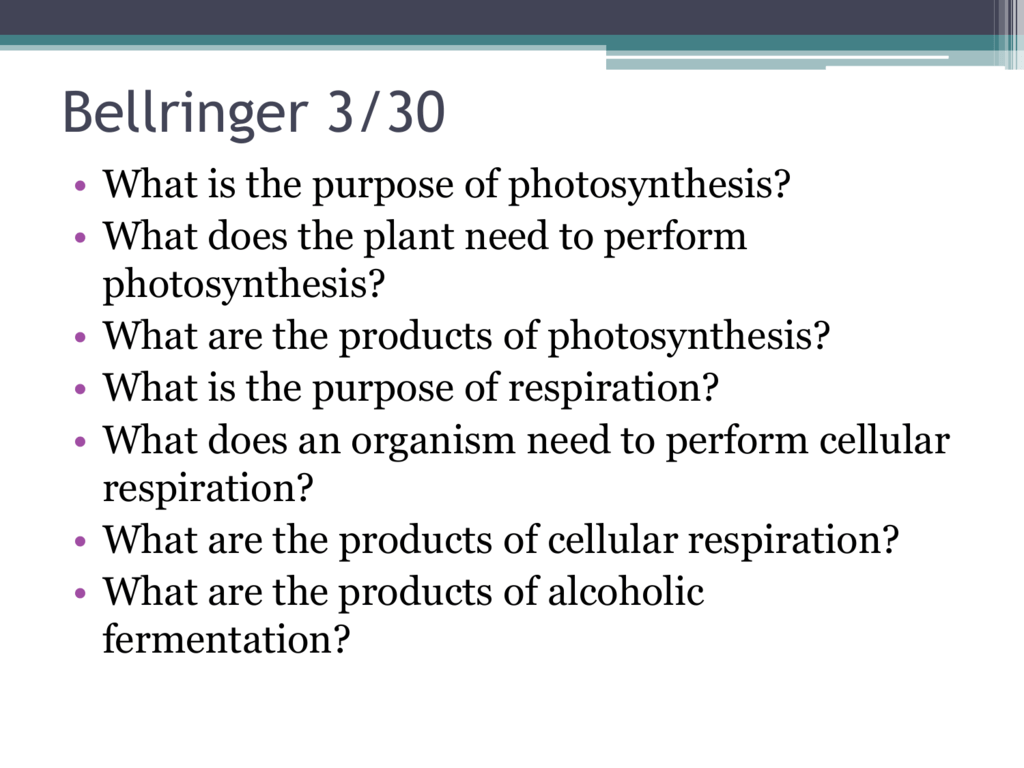What organisms does not perform cellular respiration? Do all living organisms do cellular respiration?

Cellular Respiration Overview & Examples | What Organisms Perform Cellular Respiration? - Video & Lesson Transcript | Study.com
Oxygen is required for cellular respiration and is used to break down nutrients, like sugar, to generate atp (energy) and carbon dioxide and water (waste).

Do all organisms perform cellular respiration. All living organisms except some bacteria and yeast undergo cellular respiration. The respiration can be aerobic which uses glucose and oxygen or anaerobic which uses only glucose. This process releases carbon dioxide and water as waste products.
You see, there are both aerobic cellular respiration (with oxygen) and anaerobic respiration (without oxygen). Plants carry out both photosynthesis and cellular respiration. All organisms respire in order to release energy to fuel their living processes.
This is a process through which oxygen is used to convert organic compounds into atp and waste products. Because this process occurs in all life we call it a universal chemical process. Plants have mitochondria and can perform cellular respiration.
The oxygen you breathe is used to break down the nutrients you consume through food in order to make atp, while. Do all living organisms perform cellular respiration? Because this process occurs in all life we call it a universal chemical process.
What energy is needed by organisms? Humans and other animals obtain oxygen for cellular respiration through breathing. The respiration can be aerobic which uses glucose and oxygen or anaerobic which uses only glucose.
Only organisms that breath are able to perform cellular respiration. They make their own food and then break down those glucose molecules later generating atp to power their cellular processes. Do all organisms perform cellular respiration?
Not all organisms perform the same type of cellular respiration though. All organisms respire in order to release energy to fuel their living processes. Cellular respiration is the process that occurs in the mitochondria of organisms (animals and plants) to break down sugar in the presence of oxygen to release energy in the form of atp.
It’s actually a metabolic process that involves breaking apart glucose (sugar) to create a form of cellular energy called atp.all organisms do cellular respiration to stay alive, but they don’t all do the same type of cellular respiration. Nearly all organisms perform cellular respiration, with the exception of some bacteria and yeasts. Organisms from all kingdoms of life, including bacteria, archaea, plants, protists, animals, and fungi, can use cellular respiration.

Why Do Cells Need Food? (Cellular Respiration)

Cellular Respiration Overview & Examples | What Organisms Perform Cellular Respiration? - Video & Lesson Transcript | Study.com